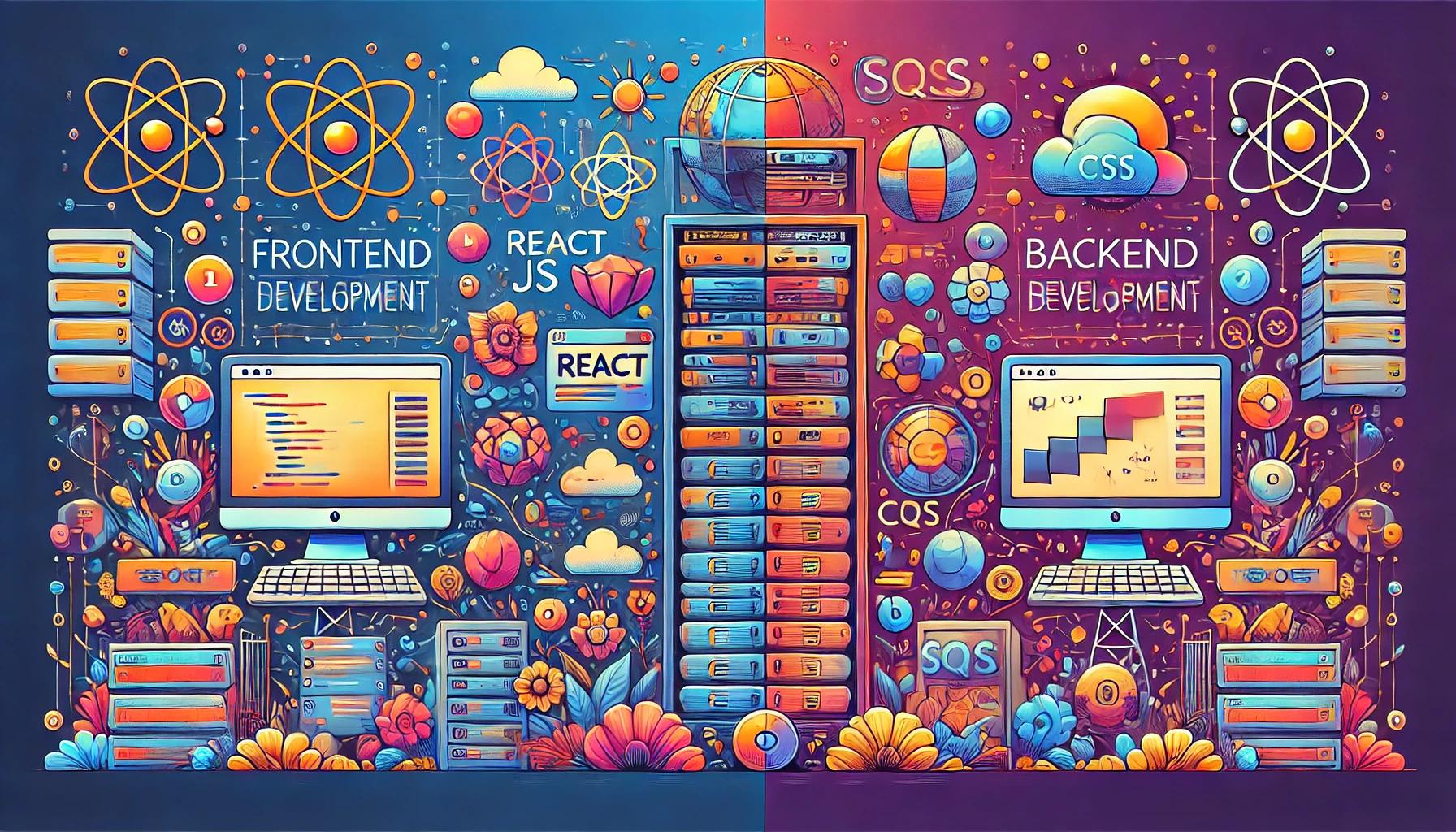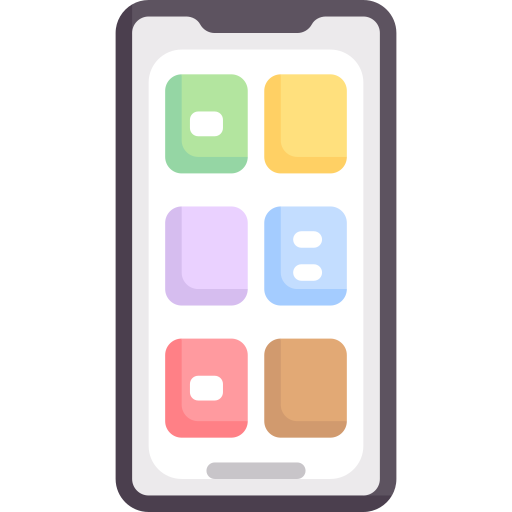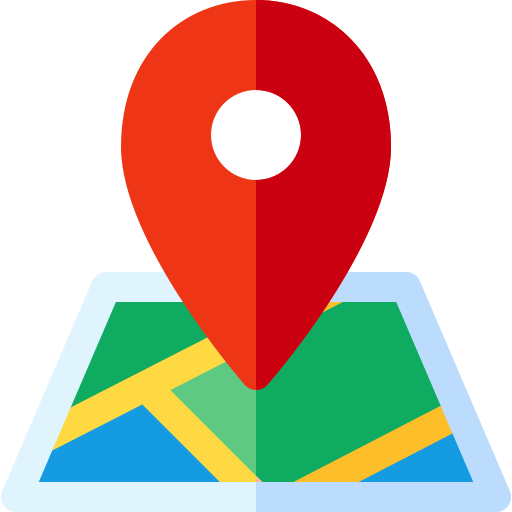Understanding Frontend vs. Backend Development: A Comprehensive Guide for New Developers
Introduction
The world of web development is divided into two main areas: frontend and backend development. Each side plays a critical role in creating dynamic websites and applications, but they focus on different aspects of the development process. This comprehensive guide is designed to help aspiring developers understand these differences and make informed decisions about their career paths.
What is Frontend Development?
Frontend development, also known as client-side development, is concerned with the visual aspects of a website or application—the parts that users interact with. It involves the design and development of graphical user interfaces (GUIs) so that users can view and interact with a website smoothly.
Core Technologies of Frontend Development
- HTML: The skeleton of the web, used to structure content on the web.
- CSS: The styling language used to make that HTML look good.
- JavaScript: Adds interactivity to websites, allowing users to engage with elements on the page.
Frameworks and Tools
- React.js: A JavaScript library for building user interfaces, particularly single-page applications.
- Angular: A platform and framework for building client-side applications using HTML and TypeScript.
- Vue.js: A progressive JavaScript framework used to create more maintainable and testable code bases.
What is Backend Development?
Backend development, or server-side development, involves the server that hosts the website, the application running on it, and the database that stores the website’s data. The backend handles the logic, database interactions, user authentication, server configuration, and much more.
Core Technologies of Backend Development
- Node.js: Allows developers to use JavaScript to write server-side scripts.
- Python: Known for its readability, Python is widely used for backend programming, especially with frameworks like Django and Flask.
- Java: A highly popular language for building large-scale enterprise applications.
Frameworks and Tools
- Express: A web application framework for Node.js, designed for building web applications and APIs.
- Ruby on Rails: A server-side web application framework written in Ruby under the MIT License.
- ASP.NET: A developer platform made by Microsoft for building websites, apps, and services with .NET.
Comparison of Frontend and Backend Development
1. Focus Area
- Frontend: The look and feel of the website.
- Backend: The functionality and logic of the website.
2. Skills Required
- Frontend: A keen eye for design, UX/UI sensibility, and responsive design skills.
- Backend: Strong problem-solving skills, understanding of algorithms and data structures, and database management.
3. Tools and Languages
- Frontend: Primarily uses HTML, CSS, and JavaScript along with frameworks like React, Angular, and Vue.js.
- Backend: Utilizes server-side languages like Python, Ruby, and Java, and tools like MySQL, Oracle, and MongoDB.
4. End Product
- Frontend: What users see and interact with.
- Backend: What operates behind the scenes to make the frontend functional.
Choosing Your Path: Frontend, Backend, or Full Stack?
Understanding the distinction between frontend and backend development is crucial for aspiring developers as it influences career trajectories. Here are some considerations to help decide:
- Interest in User Interface: If you enjoy creating interfaces that users interact with, frontend development is for you.
- Interest in Logic and Data: If you are fascinated by data, algorithms, and how the system operates, backend development might be the better choice.
- Full Stack Development: If you are interested in both and enjoy understanding the entire spectrum, becoming a full-stack developer is a viable path.
Building Your Skills
Regardless of the path you choose, building a solid foundation in both frontend and backend technologies will make you a versatile developer. Participate in coding bootcamps, online courses, and build projects to hone your skills. Engage with other developers in forums and contribute to open-source projects to gain real-world experience.
Conclusion
Whether you choose frontend, backend, or full-stack development, each path offers unique challenges and rewards. Understanding the differences and similarities between frontend and backend development will help you make an informed decision about which path to pursue. Remember, as a full-stack developer myself, I'm here to help you automate various aspects of your projects and streamline your development workflow.
Posted on: 30-01-2025




